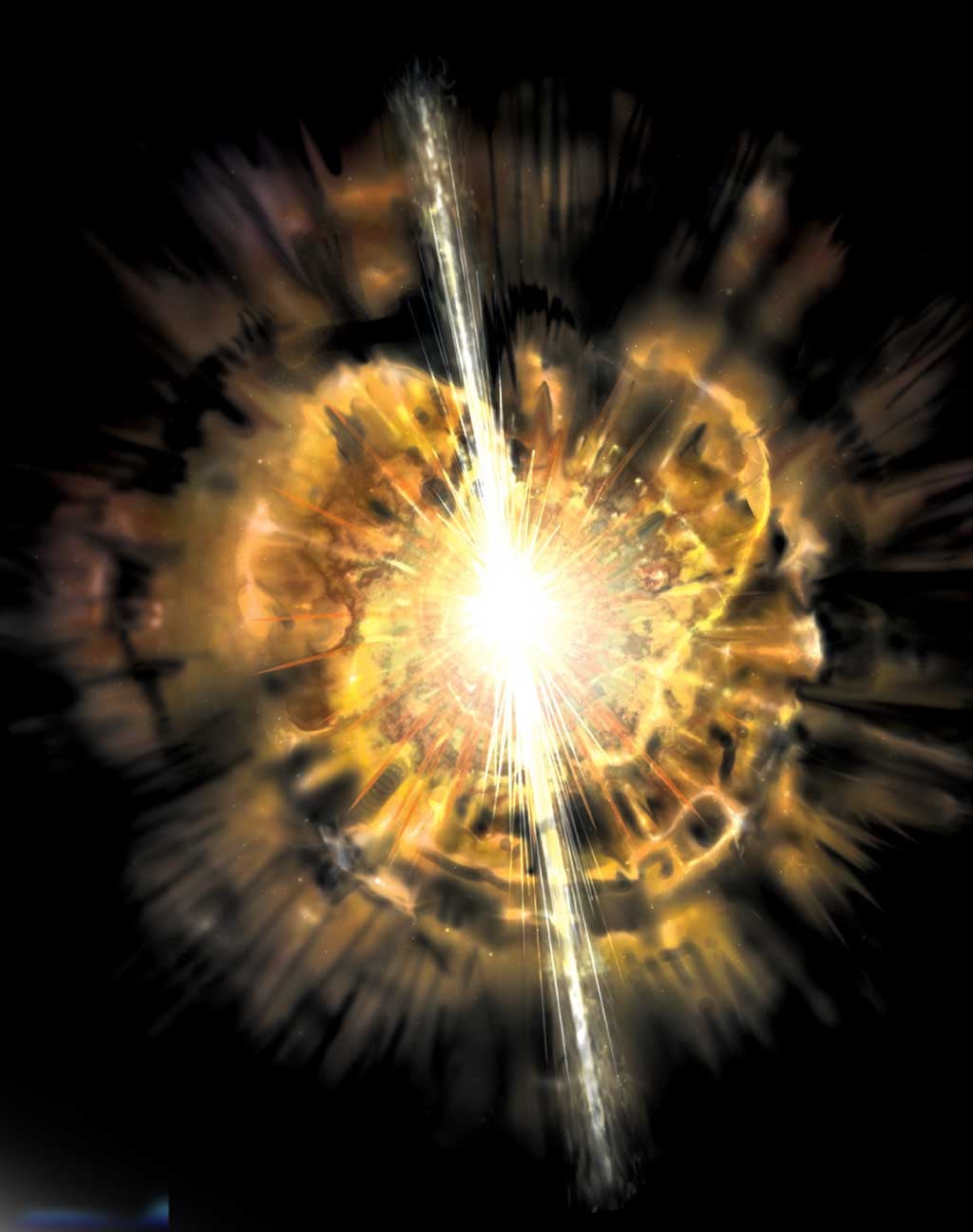“It’s like the shockwave from a nuclear bomb, only much bigger, and no one gets hurt,” said Brad Tucker from the Australian National University (ANU).
Stars explode when their fuel runs down and the core collapses. The resulting supernova explosion is brighter than the rest of its galaxy and shines for some weeks.
Supernovae are so bright that they can be seen in distant galaxies, which has helped astronomers learn much about the large-scale structure of the universe. However, very little is known about the early stages of these explosions.
The research reports the explosions of two old-age stars — red supergiants.
As the core of a supernova collapses to form a neutron star, energy bounces back from the core in the form of a shockwave that travels at 19,000–25,000 miles (30,000–40,000 kilometers) per second, and causes the nuclear fusion that creates heavy elements such as gold, silver, and uranium.
The team from ANU, the University of Notre Dame, the Space Telescope Science Institute, the University of California Berkeley, and University of Maryland saw a shockwave only in the smaller star with a radius 270 times that of the Sun, shown as a peak in the light emitted from the explosion in the first few days.
In the second star, a large supergiant with radius 460 times that of the Sun, a shockwave could not be detected, although it must have existed, said Tucker.
“The star was so large that the shockwave did not travel all the way to the surface,” he said.
The observation will help astronomers fine-tune their understanding of how the size and composition of the star affects the early moments of their explosive death.
“We are really probing the process of blowing up,” Tucker said.
“Supernovae made the heavy elements we need to survive, such as iron, zinc, and iodine, so we are really learning about how we are created.”










